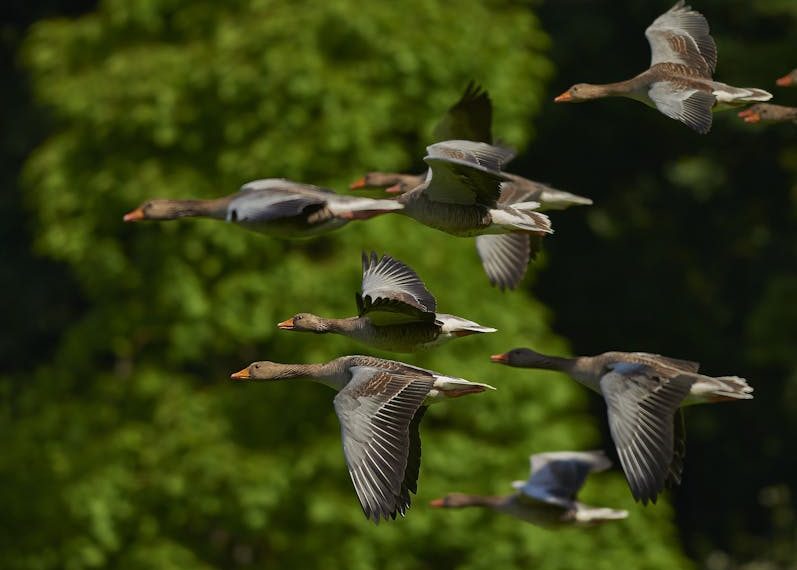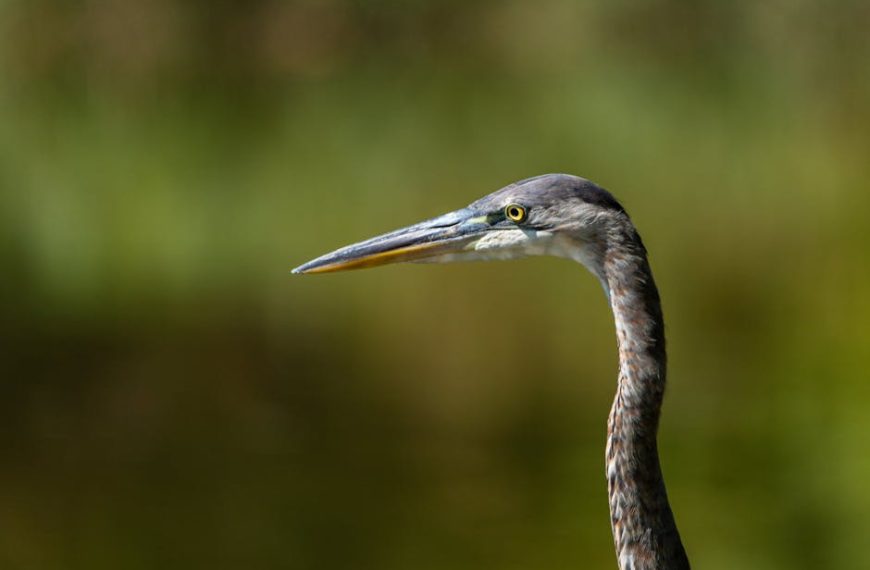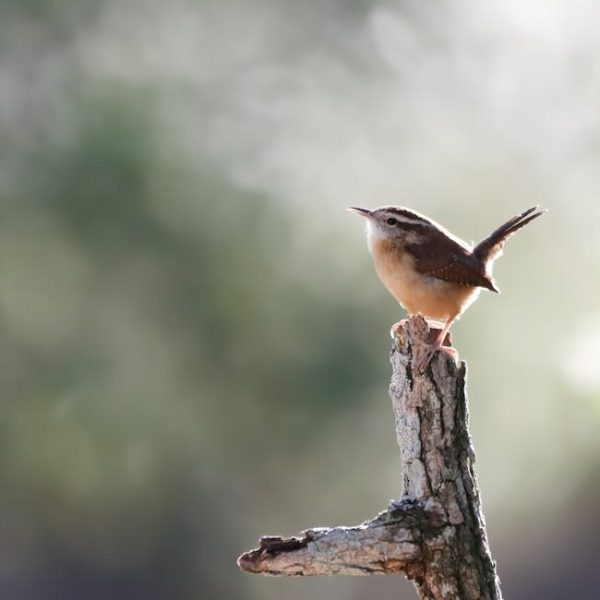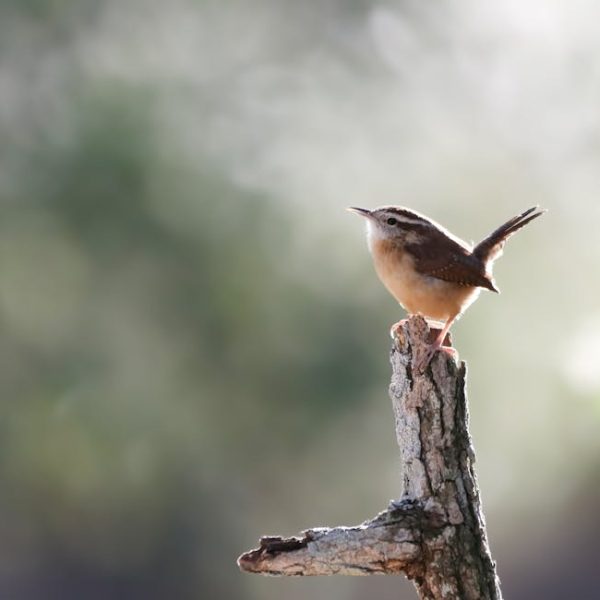Having your tomatoes stolen by birds can be a frustrating experience. It’s a common issue gardeners face especially when the fruits are close to harvest and attractive in their vibrant hues. Don’t fret. Armed with the right knowledge and tactics, you can protect your tomatoes and keep them safe from the beak and claw of these flying intruders.
Understanding Why Birds Are Attracted to Your Tomatoes
Birds are often drawn to tomatoes due to their bright, contrasting colors and juicy flesh which offer an easy form of nutrition and hydration. Species like sparrows, blackbirds, robins and starlings are common perpetrators.
Pro tip: Become familiar with the birds in your region. Their habits and preferences can help you understand why they find your tomatoes so delicious and thereby devise better strategies to protect them.
Best practice: Monitor the ripeness of your tomatoes. Birds usually target the ones that are fully ripe. Harvest your tomatoes as soon as they ripen to make them less appealing to birds.
Protective Measures: Covering and Shielding Your Tomatoes
A physical barrier like bird netting or plant cages can be an effective way to protect your tomatoes from bird attacks. Using them appropriately can shield your produce without harming either the plant or the bird.
✅ Checklist for installing bird netting or plant cages:
- Measure the area your tomato plants occupy
- Purchase bird netting or plant cages of the right size
- Ensure they are securely fitted
- Regularly check for any possible gaps or wear
Pros and Cons of using physical barriers:
| Pros | Cons |
|---|---|
| Effective in keeping birds out | May block sunlight or rainwater |
| Economical | Installation takes time and effort |
Using Scare Tactics to Deter Birds
Scare tactics can be a fun and interesting way to deter birds. Whether it’s a good old-fashioned scarecrow, reflecting surfaces, or simulated predatory animal, these methods can discourage birds from approaching your tomatoes.
| Scare tactics | Effectiveness |
|---|---|
| Scarecrows | ★★★☆☆ |
| Reflective surfaces (like CDs) | ★★★★☆ |
| Predatory bird decoys | ★★★★★ |
Pro tip: Rotate the positions of your scare tactics every few days. Birds may get accustomed to their presence if left in one place for too long.
Alternative Options: Providing Distractions for Birds
Sometimes, distraction is the best protection. By providing bird feeders or bird baths filled with food or water, you can draw birds away from your tomatoes.
List of distractions for birds:
- Bird feeders filled with sunflower seeds
- Water-filled bird baths
- Decoy crops planted away from your tomatoes
Best practice: Set up the distractions as far away from your tomatoes as you can. The goal is to draw birds to other parts of your garden.
Making Your Garden Less Bird-Friendly
Another way to prevent birds from eating your tomatoes is by creating a less bird-friendly environment around them. This may mean removing potential bird perches and avoiding bird-attracting plants near your tomato plants.
Pros and Cons of lowering your garden’s bird appeal:
| Pros | Cons |
|---|---|
| Less attraction will mean less bird visits | Your garden will be less vibrant and lose its natural biodiversity |
✅ Quick Actions:
- Trim branches near your tomato plants that birds may use as perches
- Remove bird-friendly items like feeders and bird baths near your tomato plants
- Avoid planting bird appealing plants like sunflowers and tall grasses near the tomatoes
Remember, don’t view the birds as your enemies. They too are part of your garden’s ecosystem. The aim is not to rid your garden of birds but to protect your tomatoes from them in a respectful manner. Happy gardening!
Key Takeaway:
- Birds like sparrows, blackbirds, robins, and starlings are often drawn to tomatoes due to their bright colors and juicy pulp. Knowing their habits can help you protect your tomatoes better.
- Physical barriers such as bird netting or plant cages are effective in keeping birds away from tomatoes.
- Scare tactics like traditional scarecrows, reflective surfaces or predatory bird decoys can deter birds.
- Providing alternative attractions for birds, such as bird feeders, bird baths, or decoy crops, can divert their attention away from your tomatoes.
- Making your garden less attractive to birds, by removing potential perches and avoiding bird-attracting plants, can significantly reduce bird visits and protect your tomatoes better.
Despite the challenges that birds can cause in your tomato garden, remember that they are part of the natural balance of your garden’s ecosystem. Rather than viewing them as enemies seek to deter them respectfully. Happy gardening!
FAQs
Q: What bird species are most likely to eat my tomatoes?
A: Sparrows, blackbirds, robins, and starlings are some bird species that are fond of tomatoes. However, the types of birds may vary based on your location.
Q: What should I consider when setting up physical barriers such as bird netting or plant cages?
A: The netting or cages should be properly sized according to the growth of your tomato plants. They must be securely fastened and regularly inspected for potential gaps or wear.
Q: How effective are scare tactics in deterring birds?
A: Scare tactics, including scarecrows, reflective surfaces, or predatory bird decoys, can be highly effective if used correctly. Rotate your scare devices’ positions regularly to prevent birds from getting used to them.
Q: Is providing alternative attractions for birds beneficial?
A: Yes, distractions like bird feeders, bird baths, or decoy crops can effectively draw birds away from your tomatoes.
Q: How can I make my garden less attractive to birds?
A: You can make your garden less bird-friendly by removing potential perches and avoiding bird-attracting plants near your tomatoes. But remember not to harm the overall health and biodiversity of your garden.
Explore more posts on our website or share this article on your social media if you find this advice valuable.












